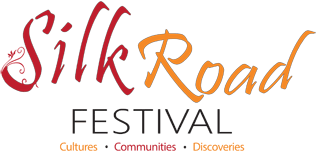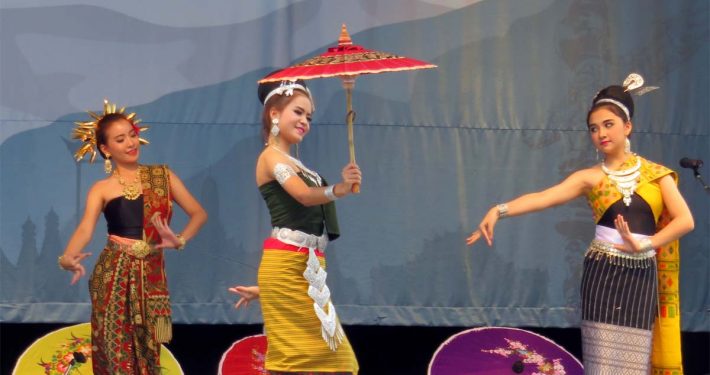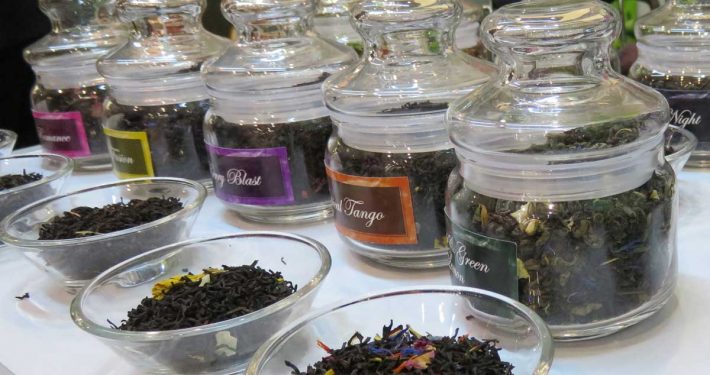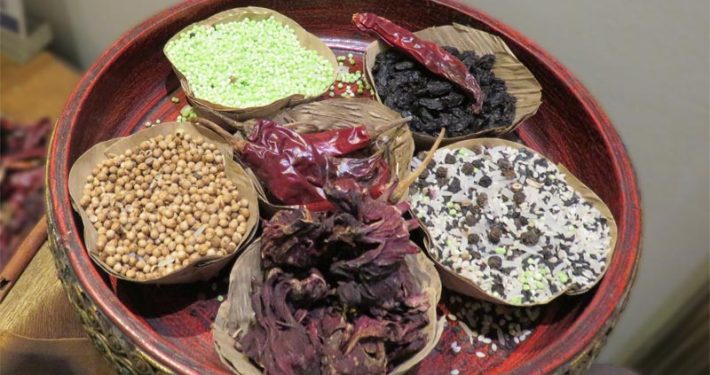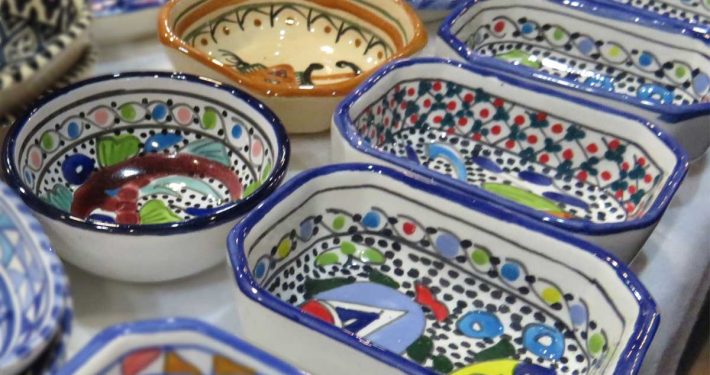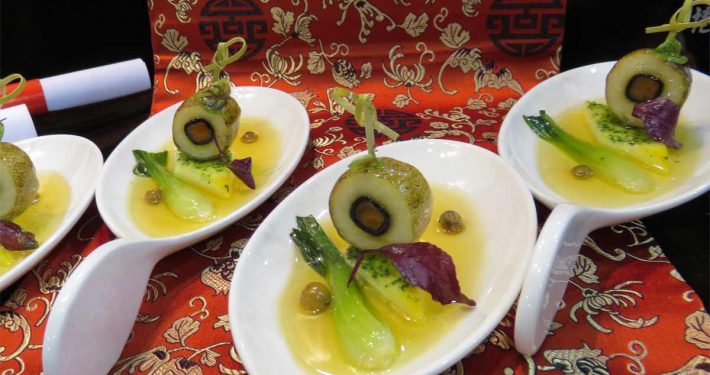Interactive Map – Silk Road Cities
It began with a single commodity, a material spun from a cocoon of a moth that became the clothing of emperors. – Dr. Sam Willis, historian and broadcaster, BBC documentary, The Silk Road.
Harvard University – Silk Road World Map
What Others Say About The Silk Road
The Silk Roads once dominated global trade and cultural exchange. Now they are rising again. – Peter Frankopan, NewStatesman
A place of adventure and invention. The road that helped set Europe on a path of unstoppable change, triggered a golden age and the rise of the West. – Dr. Sam Willis, historian and broadcaster, BBC documentary: The Silk Road.
The most influential people moving along the Silk Road were refugees. Waves of immigrants brought technologies from their respective homelands, practicing those skills or introducing motifs in their new homes. – Valerie Hansen, Yale professor, historian and author of The Silk Road: A New History, Yale Center for the Study of Globalization
